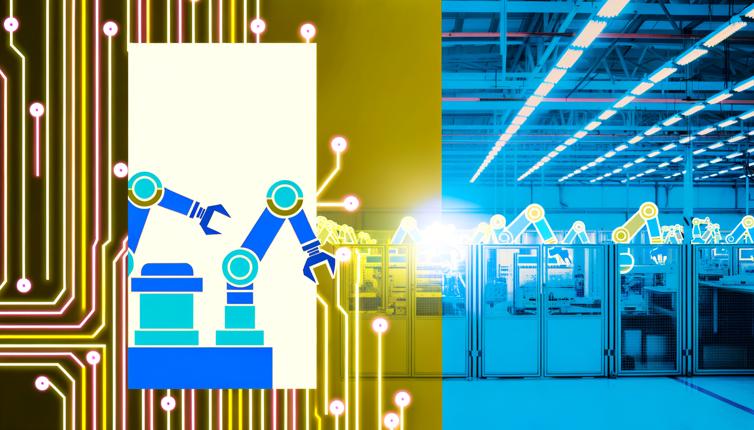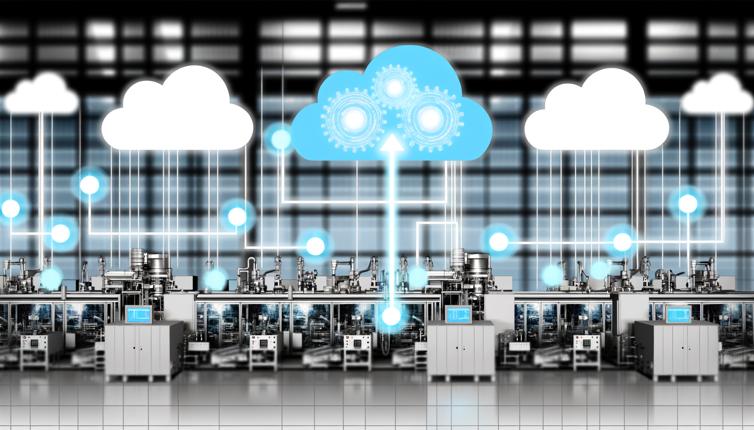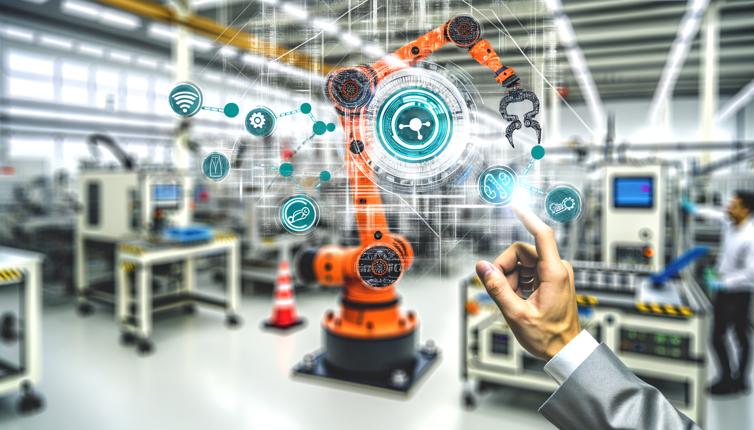Benefits of Advanced Robotics and Automation in Manufacturing
Improved Efficiency: Advanced robotics and automation systems can perform repetitive tasks with high speed and precision, resulting in increased production efficiency.,Enhanced Productivity: By automating manual processes, manufacturers can achieve higher production rates and meet market demands more effectively.,Cost Reduction: Automation reduces labor costs and minimizes production errors, resulting in overall cost savings for manufacturers.,Better Quality Control: Robotics and automation systems can perform inspections and quality control checks with greater accuracy and consistency, ensuring that products meet the highest standards.,Workplace Safety: By replacing humans in potentially dangerous tasks, robotics and automation systems improve workplace safety and reduce the risk of accidents.
Applications of Advanced Robotics and Automation in Manufacturing
Assembly Line Automation: Advanced robots can handle complex assembly tasks, improving efficiency and reducing production time.,Material Handling: Robots can efficiently transport materials within a manufacturing facility, reducing manual labor and increasing productivity.,Welding and Fabrication: Robotic welding systems provide precise and consistent welds, ensuring high-quality products.,Packaging and Labeling: Automation systems can package and label products at high speeds, streamlining the packaging process.,Quality Control: Robots equipped with vision systems can inspect products for defects and inconsistencies, ensuring that only high-quality products reach the market.
Challenges and Considerations
Initial Investment: Implementing advanced robotics and automation systems requires a significant upfront investment, which may be a barrier for small and medium-sized manufacturers.,Workforce Adaptation: The adoption of robotics and automation may require upskilling or reskilling of the workforce to effectively operate and maintain the new technologies.,Integration with Existing Systems: Integrating robotics and automation systems with existing manufacturing processes and IT infrastructure can be complex and challenging.,Cybersecurity: With increased connectivity, the risk of cybersecurity threats to automated systems becomes a concern, requiring robust security measures.,Ethical and Social Implications: The widespread adoption of robotics and automation may result in job displacement and socio-economic challenges, requiring careful consideration and planning.
Conclusion
Advanced robotics and automation are revolutionizing the manufacturing industry, enabling manufacturers to produce goods faster, more efficiently, and at a lower cost. While there are challenges and considerations associated with their implementation, the benefits far outweigh the drawbacks. As technology continues to advance, robotics and automation will play an increasingly crucial role in shaping the future of manufacturing.









